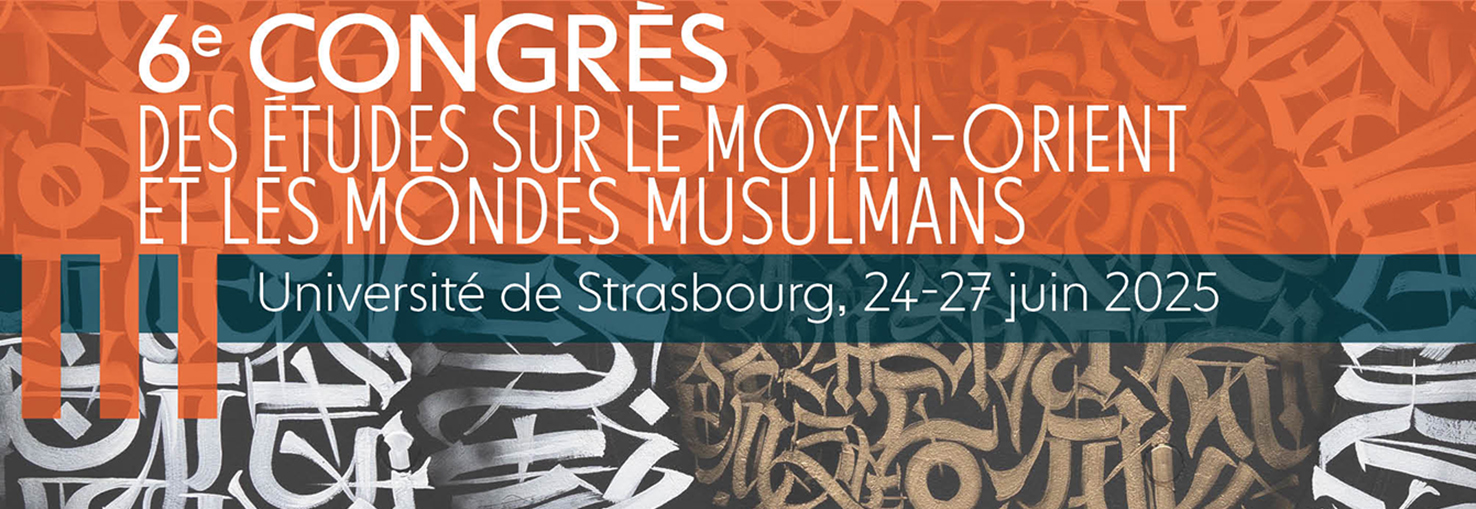Mercredi 25 juin 2025, 11h-13h, Salle 3202
RESPONSABLES :
Lilas Mohammed Ali Nom (Sorbonne Paris1, ArScAn)
Nadia Makhoukh
INTERVENANTS:
Mohamed Enab (Université Fayoum) : L'impact du colonialisme britannique sur l'identité architecturale d'Aden au Yémen
The impact of British colonialism on Aden's architectural identity in Yemen
Nadya Rouizem (ENSA Paris Val-de-Seine, Ahttep, Evcau) : L'hôpital Ibn Sina de Rabat, un patrimoine colonial oublié
Rabat's Ibn Sina Hospital, a forgotten colonial heritage
Mounira Dridi (Faculté des lettres, des arts et des humanités Manouba, LAAM) : Les arts décoratifs de Tunisie à l'époque française
The decorative arts of Tunisia during the French Period
Lilas Mohammed Ali Nom (Sorbonne Paris1, ArScAn) : La scène patrimoniale syrienne sous influence coloniale
The Syrian heritage scene under colonial influence
DISCUTANTE :
Agnès Charpentier (CNRS)



